How to Choose the Best Wood Stove Pipe
- November 8, 2023
- 0 comment
Selecting the right wood stove pipe is essential for your stove’s efficiency and safety. The proper pipe ensures optimal heating performance while meeting critical safety standards, extending the lifespan of your wood stove setup. Whether you’re a first-time wood stove owner or upgrading an existing system, making the right choice can greatly enhance your overall experience.
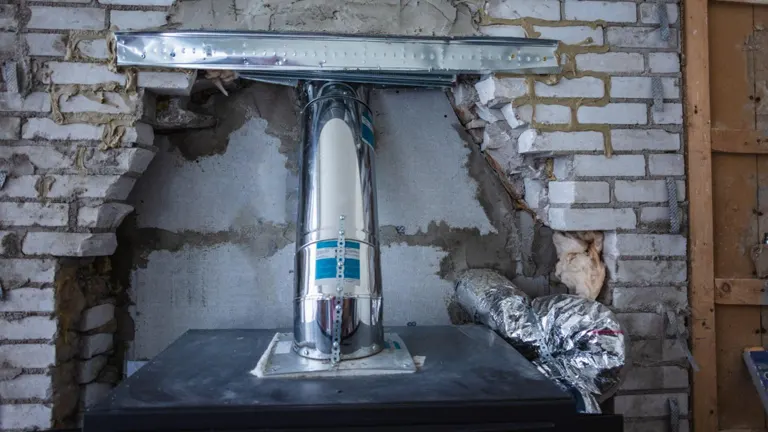
This guide simplifies the process by focusing on key factors, including stove pipe types, standard sizing, pipe diameter, and clearance requirements. You’ll also learn about the importance of proper pipe length, compatible adapters, and tips for safe installation. These elements ensure your wood stove system is both effective and secure.
By following these guidelines, you’ll gain the knowledge needed to choose a stove pipe that supports efficient operation and provides peace of mind. With the right setup, your wood stove will keep your home warm and cozy while prioritizing safety and performance.
What is a Wood Stove Pipe?
A wood stove pipe is a critical component of a wood stove heating system, designed to safely channel smoke and combustion gases from the stove to the outdoors. It plays a key role in ensuring efficient operation, maintaining proper ventilation, and protecting indoor air quality. Without the right stove pipe, your heating system could become unsafe or inefficient, impacting both performance and safety.
1. Understanding Stove Pipe Types
Choosing the right wood stove pipe starts with understanding the differences between single-wall and double-wall pipes. These distinctions affect safety, efficiency, and installation requirements, making it crucial to select the type that best suits your setup.
Single-Wall Pipes
Single-wall stove pipes are made from thinner metal, making them lightweight and budget-friendly. However, their lack of insulation requires more clearance from walls and ceilings to prevent overheating.

- Best For: Spaces with ample clearance or where the stove is far from combustible materials.
- Features: Look for factory-welded seams, which provide added durability, reduce warping, and improve safety over time.
- Considerations: In smaller spaces, single-wall pipes may not be ideal due to the greater distance required from walls and other surfaces.
Double-Wall Pipes
Double-wall stove pipes feature an insulating air gap between two layers of metal, offering improved safety and heating efficiency. The air gap keeps the outer surface cooler, allowing for reduced clearance requirements.
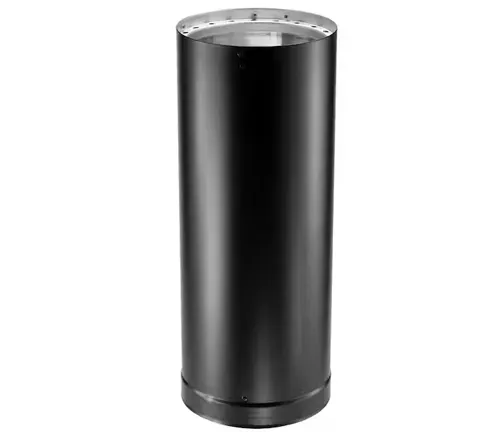
Advantages:
- Ideal for installations in tighter spaces or near combustible materials due to lower clearance needs.
- Enhanced efficiency through better heat retention, improving the stove’s draft and reducing fuel consumption.
- Constructed with stainless steel interiors for corrosion resistance, ensuring durability over time.
Best For: Homes where the stove is placed closer to walls or in areas requiring enhanced safety and efficiency.
2. Importance of Pipe Diameter
The diameter of your wood stove pipe is a crucial factor in ensuring safe and efficient operation. A properly sized pipe promotes optimal airflow, supports effective exhaust management, and protects against potential hazards like creosote buildup.
Standard Sizes
In the U.S., the majority of wood stoves are designed for a 6-inch diameter pipe, making it the standard choice for many installations. This size is widely compatible with most stove models, ensuring efficient exhaust flow. However, larger stoves, particularly high-output models, may require an 8-inch diameter pipe to handle increased volumes of smoke and gases.
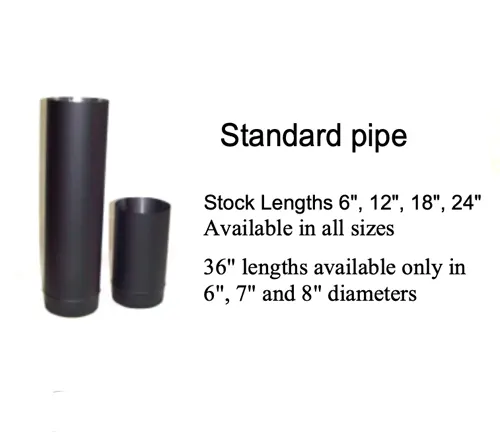
For older or specialty models that deviate from these standard sizes, custom-sized pipes or adapters may be necessary. Ensuring the right diameter is critical not only for performance but also for safety, as a mismatched pipe can hinder ventilation and create fire hazards.
European Models
European stoves and some older models often feature non-standard flue collar sizes, such as 5.25 or 7 inches, which can complicate installations. To bridge the gap, high-quality adapters are essential. These adapters securely connect non-standard flue collars to U.S. standard pipes, maintaining both efficiency and safety.
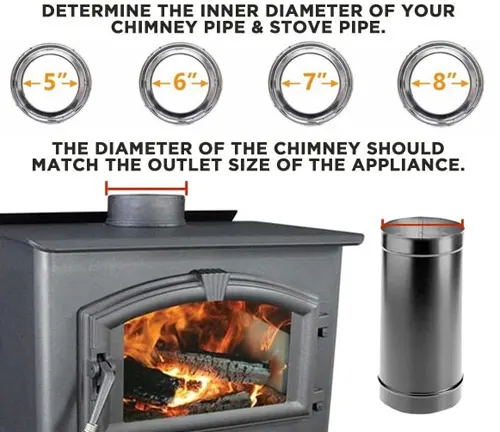
When choosing adapters, prioritize durability and precise construction. A well-fitting adapter ensures a tight seal, preventing leaks and promoting efficient smoke ventilation. This is especially important for adapting unique stove designs to U.S. installations.
Measuring Tips
Accurate measurements are key to selecting the right pipe diameter. Measure the inside diameter of your stove’s flue collar, as this determines the appropriate pipe size. An incorrect fit—either too large or too small can result in poor ventilation, inefficient burning, and increased creosote buildup, posing significant safety risks.
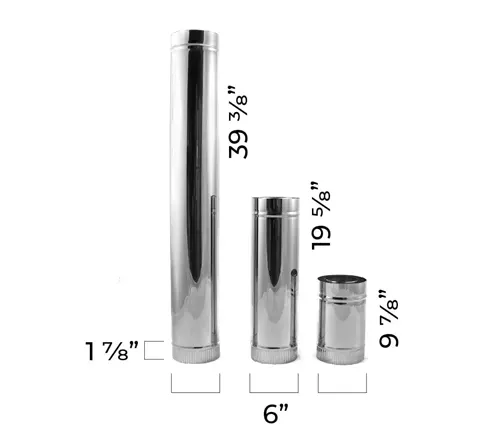
To measure accurately:
- Use a reliable measuring tool.
- Ensure the measurement is taken from the interior of the flue collar.
- If unsure, consult a professional to confirm the pipe size and ensure proper installation.
3. Clearance Requirements
Clearance requirements are a critical aspect of wood stove pipe installation, dictating how close the pipe can be to combustible materials like walls, ceilings, and furniture. Adhering to these requirements is essential for preventing fire hazards.
Single vs. Double Wall
Single-Wall Pipes
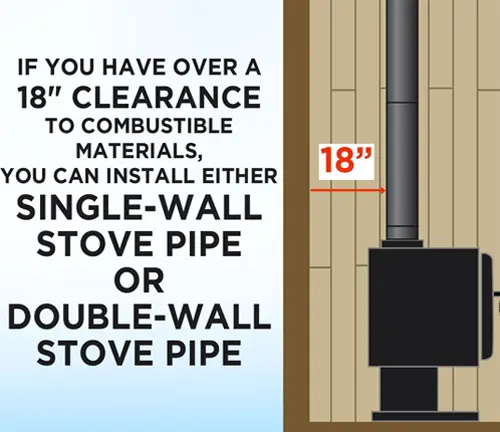
Single-wall pipes lack insulation, requiring more clearance from combustible materials typically 12 to 18 inches. This greater distance allows heat to dissipate safely. These pipes are best suited for installations in larger spaces or where walls and ceilings are far from the stove.
Double-Wall Pipes
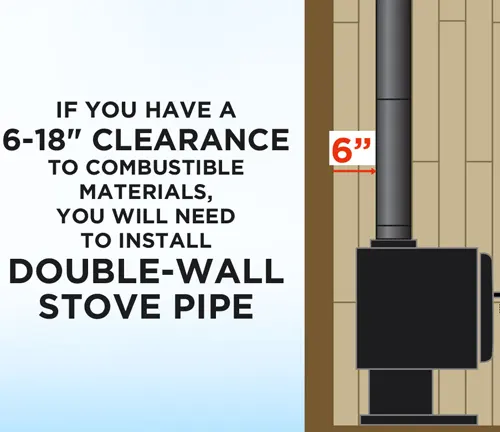
Double-wall pipes feature an air-insulated layer between two metal walls, significantly reducing the clearance requirement to as little as 6 inches. This design keeps the outer surface cooler, making them ideal for tighter installations or areas where the stove is near combustible materials.
Local Codes
Adhering to local building codes is essential when installing stove pipes. Regulations vary by region, dictating specific clearance requirements and safety standards. Consulting a local building inspector or professional ensures your installation complies with these rules.
- Why Compliance Matters: Proper installation reduces fire hazards, protects your home, and satisfies insurance requirements.
- Pro Tip: Document your installation, including clearance measurements, for future reference or insurance claims.
4. Pipe Length and Adjustability
Choosing the right length and adjustability for your stove pipe is essential for a safe, efficient, and visually appealing installation. It’s not just about fitting the pipe but optimizing its functionality while maintaining the aesthetics of your space.

Available Lengths
Stove pipes come in various lengths, typically ranging from 6 inches to 48 inches, to accommodate different setups. When selecting a pipe length:
- Minimize Joints: Fewer joints reduce the risk of leaks and improve structural integrity.
- Ensure Reach: The pipe should safely span the distance between the stove and the chimney or venting system without strain.
Adjustable Pipes
Adjustable stove pipes add flexibility, making them ideal for non-standard installations or when precise measurements are challenging. These pipes can extend to bridge small gaps, such as a 10-inch adjustable pipe that eliminates the need for cutting or modifying standard lengths. They simplify the process and ensure a proper fit, especially for custom setups.
Installation Tip
For a polished look, align the seams of the stove pipe away from common viewing angles. This enhances the aesthetic appeal, especially in living areas where the pipe is visible. A thoughtfully installed pipe complements the stove and elevates the overall appearance of the room.
5. Choosing the Right Adapter
Selecting the correct adapter is a vital part of installing a wood stove pipe system. Adapters act as the bridge between the stove pipe and the chimney or venting system, ensuring a secure, efficient, and safe connection.
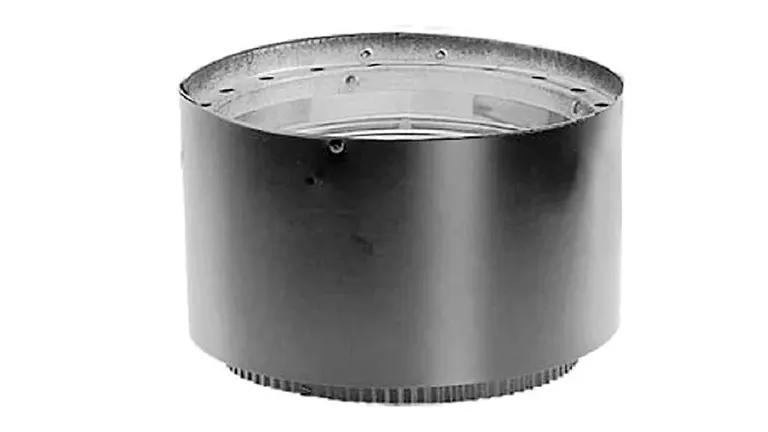
Stove Pipe Adapters
Adapters facilitate the transition from the stove pipe to the chimney, maintaining a continuous exhaust pathway for smoke and gases. They come in various designs to accommodate different setups, including:
- Size Transitions: Connecting pipes of different diameters, such as from a 6-inch stove pipe to an 8-inch chimney pipe.
- Type Transitions: Moving from a single-wall stove pipe to a double-wall chimney pipe.
Considerations for Selecting Adapters
When choosing an adapter, keep the following in mind:
- Stove Compatibility:
Ensure the adapter fits your stove’s flue collar in both size and shape. A poor fit can result in smoke leaks, inefficient operation, and potential hazards. - Chimney Compatibility:
The adapter must provide a tight, airtight connection to the chimney or venting system. This ensures proper ventilation and prevents exhaust leaks. - Material Durability:
Select adapters made from heat-resistant and corrosion-proof materials like stainless steel. These are essential for handling high temperatures and harsh gases produced by the stove. - Ease of Installation:
Look for user-friendly designs such as twist-lock mechanisms or slip-in adapters that simplify the installation process while ensuring a secure fit. - Safety Standards:
Verify that the adapter meets relevant safety certifications. This guarantees not only compliance but also the safety and reliability of your wood stove system.
6. Installation and Safety Tips
Proper installation and maintenance of your wood stove pipe are essential to ensure safety, efficiency, and the longevity of your heating system. Follow these guidelines to maximize performance and protect your home.
Professional Installation
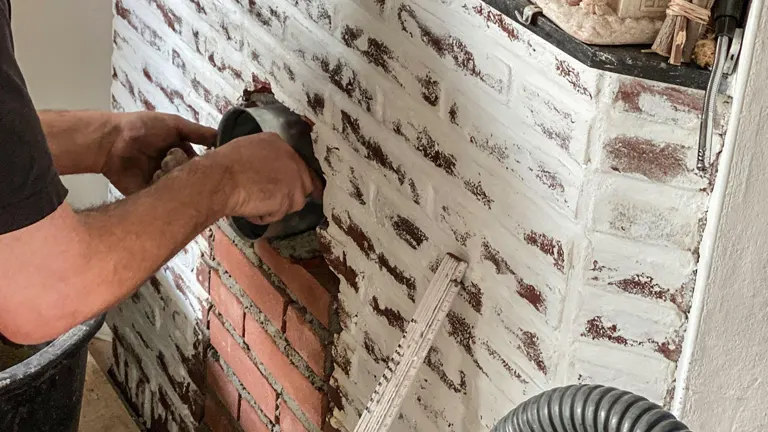
Hiring a professional for stove pipe installation ensures your system is set up safely and correctly. Experts can account for local codes, proper clearances, and optimal airflow to prevent hazards like smoke leaks or overheating. For DIY installations, consult a professional or your stove manufacturer’s manual for guidance.
Regular Maintenance
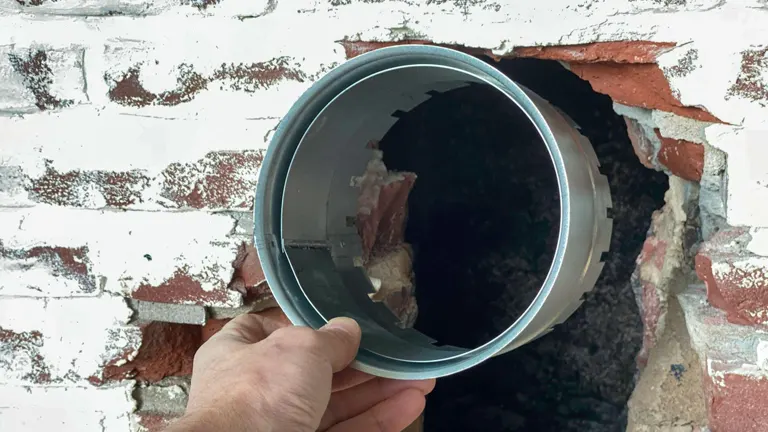
Regular Maintenance
Routine maintenance is critical for preventing creosote buildup, a common cause of chimney fires. Follow these steps to maintain your stove pipes:
- Inspect Regularly: Check for soot, creosote buildup, rust, or physical damage.
- Clean Annually: Clean the pipes at least once a year, ideally before the heating season. Use appropriate brushes to remove soot and debris.
- Address Wear Early: Replace pipes or adapters showing signs of corrosion, leaks, or damage to avoid larger problems.
Safety First
- Use High-Quality Materials:
Invest in durable, heat-resistant materials for your stove pipe and adapters. High-quality components reduce safety risks and last longer. - Follow Manufacturer Guidelines:
Always adhere to your stove’s installation and maintenance instructions. These guidelines are tailored to your stove model for safe and efficient operation. - Install Detectors:
Smoke and carbon monoxide detectors are critical for early warning of potential hazards. Test them regularly to ensure they are functioning properly. - Educate Your Household:
Teach family members the basics of stove operation and emergency procedures. Awareness can significantly reduce the risk of accidents.
Conclusion
Selecting the right wood stove pipe is a crucial step in ensuring your wood stove operates efficiently, safely, and reliably. Each aspect whether it’s choosing between single-wall and double-wall pipes, determining the correct diameter, adhering to clearance requirements, or opting for the proper length and adapters plays a vital role in creating a functional and safe system tailored to your needs.
Professional installation ensures compliance with local codes and optimal performance, while routine maintenance, including inspections and cleaning, helps prevent hazards like creosote buildup and extends the lifespan of your system. Prioritizing high-quality materials and following manufacturer guidelines are non-negotiable for maintaining safety and efficiency.
A well-chosen and properly installed stove pipe system offers more than just warmth it provides peace of mind, knowing that your home and loved ones are safe. Don’t cut corners on installation or maintenance; investing time and effort in making informed decisions ensures your wood stove will deliver reliable, cozy heat for years to come.
Related Articles:
- How Much Does Wood Stove Installation Cost?
- Wood Stove Installation Cost for Tiny Houses: A Complete Breakdown
- How to Install a Wood Stove in the Basement 2023
- 10 Best Wood Stove Fans 2023
- When To Replace Your Wood Stove Pipe 2023
FAQs
- Can I mix and match different brands of stove pipes and adapters?
It’s generally recommended to use stove pipes and adapters from the same manufacturer to ensure compatibility and safety. Different brands may have slight variations in size, fit, and design, which could affect the integrity of the installation. - FAQ: How does the altitude of my location affect my choice of wood stove pipe?
Altitude can impact the draft of your stove. In higher altitudes, you might need a different size or type of pipe to ensure proper ventilation due to thinner air. Consult with a local expert to determine the best option for your specific location. - Is there a difference in stove pipe requirements for different types of wood stoves, like pellet vs. wood-burning?
- Yes, different types of stoves, such as pellet stoves and traditional wood-burning stoves, have different venting requirements and may require specific types of stove pipes. Always refer to the manufacturer’s guidelines for your specific stove model.
- Can I paint my wood stove pipe to match my room’s decor?
While it’s possible to paint stove pipes, it’s crucial to use high-temperature resistant paint that can withstand the heat without emitting fumes or breaking down. However, the paint may affect the pipe’s ability to dissipate heat effectively and could void warranties. - How does the efficiency of my wood stove relate to the type of stove pipe I should choose?
The efficiency of your wood stove can be affected by the type of stove pipe used. High-efficiency stoves often require more precise venting solutions, such as double-wall pipes, to maintain the right temperature and draft. - Are there environmentally friendly options for wood stove pipes?
Some stove pipes are made with materials or manufacturing processes that are more environmentally friendly. Look for products with lower environmental impact in terms of material sourcing, production processes, and recyclability. - How does the length of the stove pipe affect my stove’s performance?
The length of the stove pipe can impact the draft and overall performance of your stove. Too long or too short pipes can lead to poor drafts, inefficiency, and increased creosote buildup. It’s important to calculate the optimal length based on your home’s layout and stove’s specifications. - What should I do if my home’s layout requires an unusually shaped stove pipe installation?
For unique or challenging layouts, custom-made stove pipe solutions may be necessary. Consult with a professional installer who can design a system that meets your specific needs while adhering to safety standards.
Thank you for joining us on this journey through the intricacies of choosing the best wood stove pipe! We hope you found our article “How to Choose the Best Wood Stove Pipe” enlightening and useful. Now, we’d love to hear from you!
Your thoughts, experiences, and even your own tips are what make this conversation so enriching. Have you picked out a stove pipe recently? How did it go? Maybe you’ve got some wisdom to share or a story that could bring a smile or a nod of understanding.
Feel free to drop a comment below – let’s keep this chat warm and lively. And if you know someone who’s tinkering with their wood stove setup, why not share this article with them? Together, let’s spread knowledge and help each other make our homes cozy and safe. Can’t wait to hear from you!

David Murray
Forestry AuthorI'm David Murry, a forestry equipment specialist with a focus on chainsaw operation. With over 13 years of experience, I've honed my skills in operating and maintaining a wide range of machinery, from chainsaws to log splitters. My passion for the outdoors and commitment to sustainable forestry drive my work, which emphasizes safety, efficiency, and staying updated with industry advancements. Additionally, I'm dedicated to sharing my expertise and promoting environmental awareness within the forestry community.








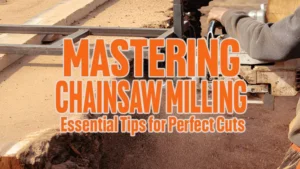


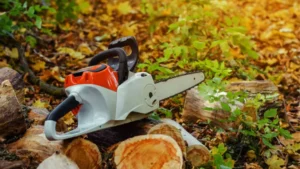
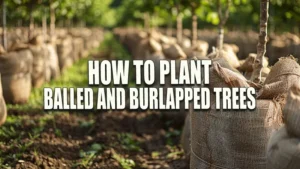
Leave your comment